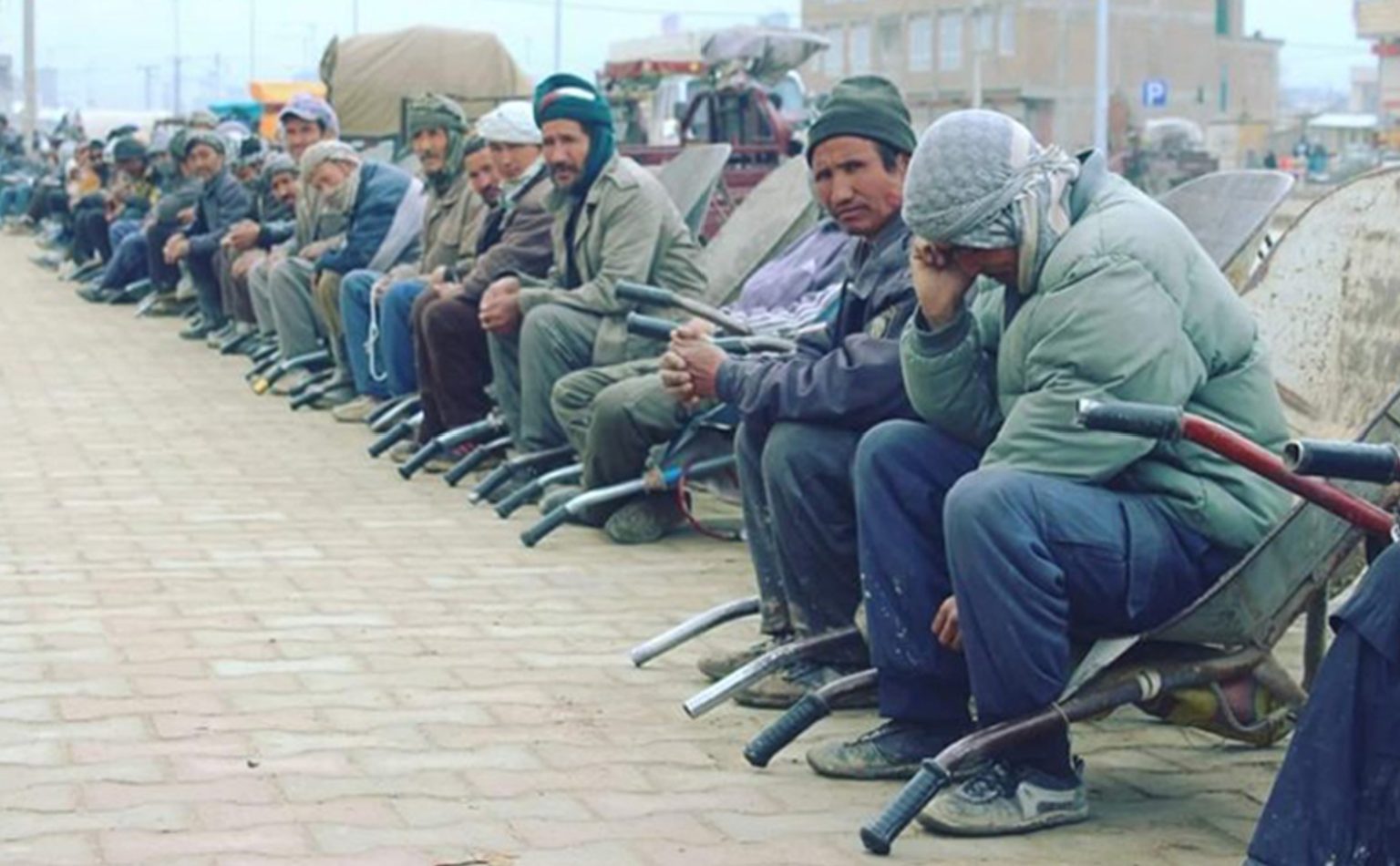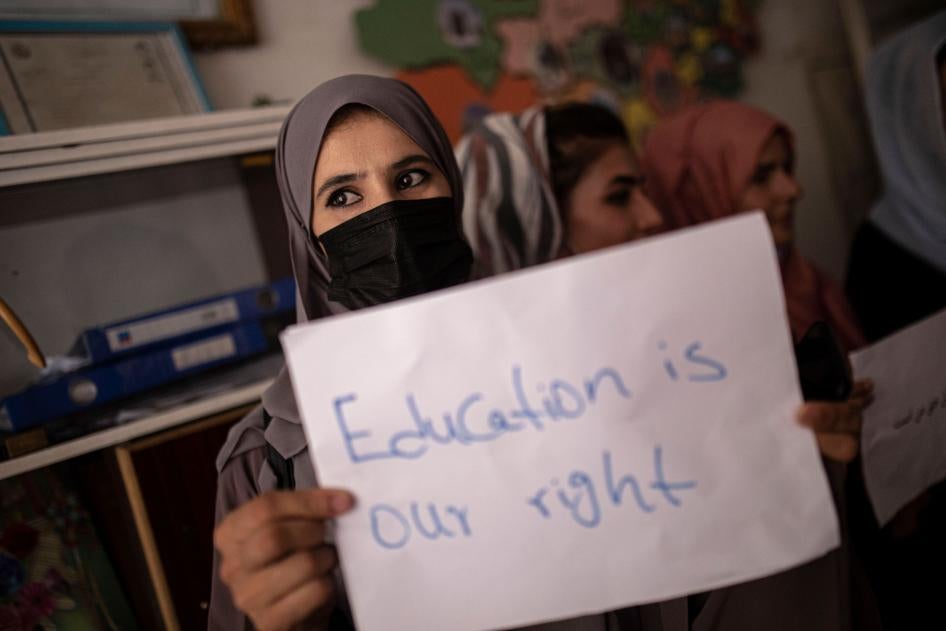
Afghanistan's Economic Crisis Under Taliban Rule
Ahmad Reshad Adib
Published on February 02, 2025
How $40 Million Weekly Aid Fails the People
While Afghanistan receives approximately $40 million per week in international humanitarian aid, with the U.S. being the largest donor, HouseProPublica, the harsh reality is that this massive influx of cash has done little to alleviate the suffering of ordinary Afghans. Instead, much of this funding appears to benefit the Taliban's priorities rather than addressing the humanitarian crisis devastating the population.
The Weekly Cash Flow and Its Diversion
The United Nations flies shrink-wrapped $100 bills to Kabul International Airport, with money arriving on a regular basis, as much as $40 million at a time U.N. Has Flown More Than $2.9 billion in Cash to Afghanistan since the Taliban Seized Power, diverting U.S. Funds. However, some of this money winds up at the central bank of Afghanistan, which is under the control of the Taliban U.N. Has Flown More Than $2.9 billion in Cash to Afghanistan since the Taliban Seized Power, diverting U.S. Funds.
According to sources, the money goes to the Taliban-controlled Afghanistan Central Bank, which then holds "auctions" where groups bid to convert dollars to local currency, with the winning bidder typically being someone associated with the Haqqani Network, a terror group with ties to Al-Qaeda.
Taliban's Spending Priorities: Military Over People
Despite receiving this substantial international aid, the Taliban's leaked budget for 2023-24 shows they are directing $1.1 billion—nearly half of their revenues—toward security, including the Ministries of Defense and Interior Affairs, the Directorate of Intelligence, and their subsidiaries Analyzing the Taliban budget for 2023-24: Prioritizing military spending over citizen welfare - Zan Times.
This military focus comes while 97 percent of the population is at risk of poverty, with more than half relying on humanitarian aid, and the average family spends 91 percent of its income on food, which is often still insufficient Analyzing the Taliban budget for 2023-24: Prioritizing military spending over citizen welfare - Zan Times.
The Reality for Afghan Families
The human cost of this misallocated funding is devastating:
Widespread Poverty: More than half of Afghanistan's population—23.7 million people—needed urgent humanitarian aid and assistance in 2024, with 12.4 million people facing food insecurity and 2.9 million at emergency levels of hunger. World Report 2025: Afghanistan | Human Rights Watch.
Healthcare Crisis: The loss of foreign assistance has severely harmed Afghanistan's healthcare system and exacerbated the health impacts of malnutrition and illnesses from inadequate medical care World Report 2025: Afghanistan | Human Rights Watch.
Women's Economic Exclusion: The proportion of women working across all sectors has dropped dramatically, from 11 percent in 2022 to just six percent in 2024, with women-led small businesses shrinking by 60 percent since 2021 Afghanistan in 2024: A Year of Diplomacy, Economic Challenges, and Humanitarian Crises under Taliban 2.0 | Vivekananda International Foundation.
Aid Diversion and Taliban Control
Aid workers report being forced to "serve the Taliban first," with Taliban members positioning themselves to get access to international aid by becoming partners or shareholders in local non-profit groups U.S. taxpayers helping fund Afghanistan's Taliban? Aid workers say they're forced "to serve the Taliban first" - CBS News. The Taliban determine who can receive foreign aid, with most recipients being either Taliban or Al-Qaeda members, and NGOs being forced to pay taxes on aid money while the Taliban take a cut from every transaction. Two US lawmakers claim $40 million per week still reaches Afghanistan | Amu TV.
Tourism and Image Building
Remarkably, while millions suffer, tourism has seen improvement in Afghanistan following the Taliban takeover, with active efforts by the Taliban encouraging tourism to increase from 691 tourists in 2021, to 2,300 in 2022, to 5,200 in 2023, Afghanistan - Wikipedia. This suggests resources are being allocated to improving the Taliban's international image rather than addressing basic human needs.
The Bottom Line
The tragic irony is clear: while $40 million in U.S. taxpayer funds reaches Afghanistan each week through humanitarian channels, Amu TV, the Taliban's control over the distribution system ensures that much of this aid serves their military and political objectives rather than the desperate humanitarian needs of the Afghan people.
As one expert noted, if the United States suspended these weekly payments, "we would see signs of the Taliban and other Afghanistan-based terror groups crumbling within a year," REP. TIM BURCHETT: Your Tax Dollars Are Going To The Taliban | Representative Tim Burchett, highlighting how this aid may be inadvertently strengthening the very regime that oppresses the Afghan people.
The international community faces a moral dilemma: continue providing aid that may be diverted to support Taliban priorities, or halt assistance that could worsen an already catastrophic humanitarian situation. Meanwhile, ordinary Afghans continue to bear the devastating cost of both their economic collapse and their rulers' misplaced priorities.

